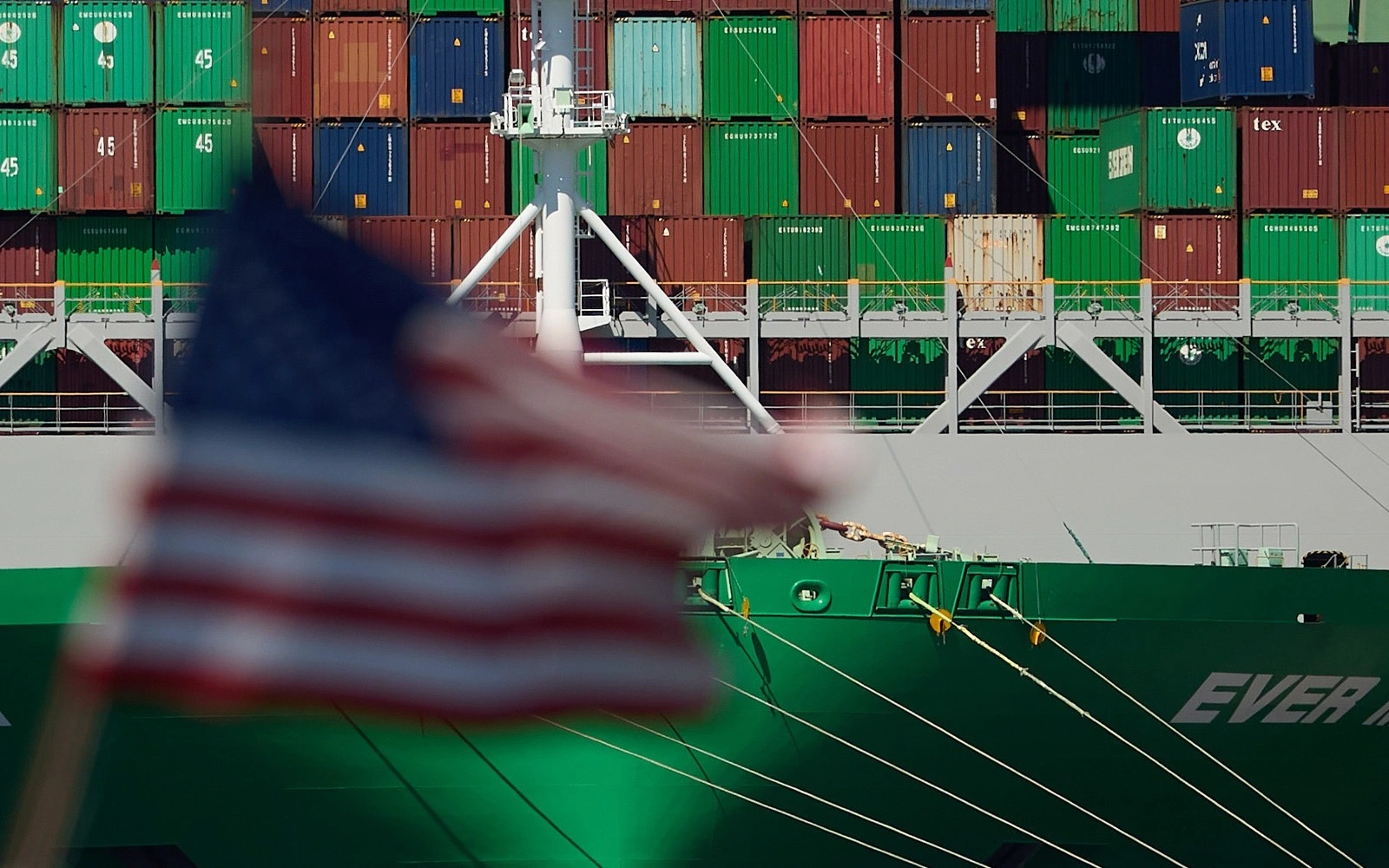
Many Americans voted for Trump because of “economic benefits,” but many don’t even know the function of a tariff. Before we delve into a list of what happened on day one, let’s first break down what a tariff is. Imagine you are a medieval villager living in a town with two marketplaces—a local farmers' market and a trading post selling imported vegetables from a farmer in another town. The farmer’s market has locally sourced fruits and vegetables, but unfortunately has a higher price due to this. The king of your town wants the peasants to promote local businesses, so he encourages shoppers to buy from the local market by imposing a 10-shilling tax on every item bought from the trading post. As a result, the vegetables from the trading post become more expensive, and many people switch to buying from the local farmer. But over time, the local farmer raises their prices since there’s less competition, and shoppers have fewer choices. On the other hand, the trader retaliates by charging extra fees on any goods your town sells to them, making it harder for local farmers to sell their products. Essentially, a tariff is a tax on imported goods, making foreign products more expensive to protect domestic industries.
While I had a lot of fun writing that example, our markets are not having a lot of fun. As previously mentioned, tariffs drive up prices for a few reasons: the US has a higher minimum wage than most countries where the US exports labor to, and also, the decreased competition. This is terrible because higher prices disproportionately affect the lower and middle classes, since they are more involved with day-to-day expenses. And as we have seen from Liberation Day, prices are most definitely going to go up due to the sheer amount of tariffs that are coming. If you want to read more about the specific tariffs on each country, this link is a good place to visit: https://www.tradecomplianceresourcehub.com/2025/04/03/u-s-imposes-10-baseline-tariffs-higher-reciprocal-tariffs-for-targeted-countries/
On the other hand, while the lower and middle classes struggle with higher prices, the stock market drops will have the upper-middle and lower-upper classes see their savings and 401k plans suffer. Just today, the Dow nosedived 1,600 points, and both the S&P 500 and Nasdaq dropped the most since 2020. Investors’ fear of disrupted production lines, lower profits, and lower economic growth from trade wars are all rationales for the stock market crash. This is not a shocking occurrence; in fact, it was predicted by most economists and even by history. For instance, in 2019, when Trump announced more tariffs, the S&P 500 fell by 5%.
At the end of the day, whether you're a working-class parent, Wall Street trader, liberal, or a conservative, the message is the same: tariffs are not just taxes on goods—they’re taxes on us all. This economic downturn should serve as a warning sign for how we elect future leaders. Instead of buying into everything they advertise, we must look historically and understand how these processes work before we enter an essential ballot.
This article was written by an anonymous author.